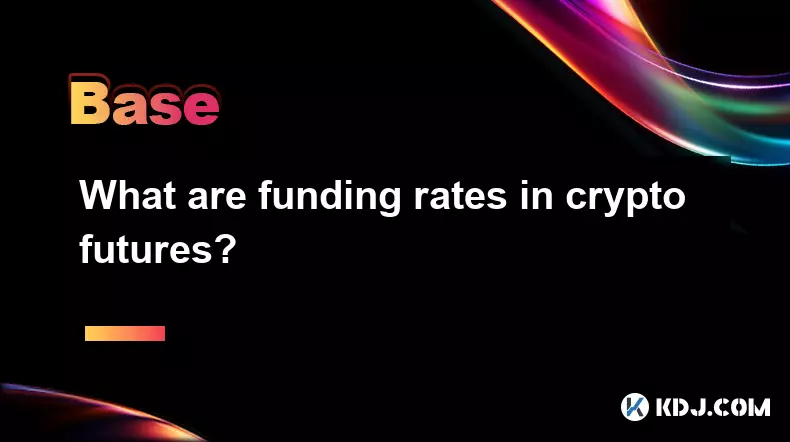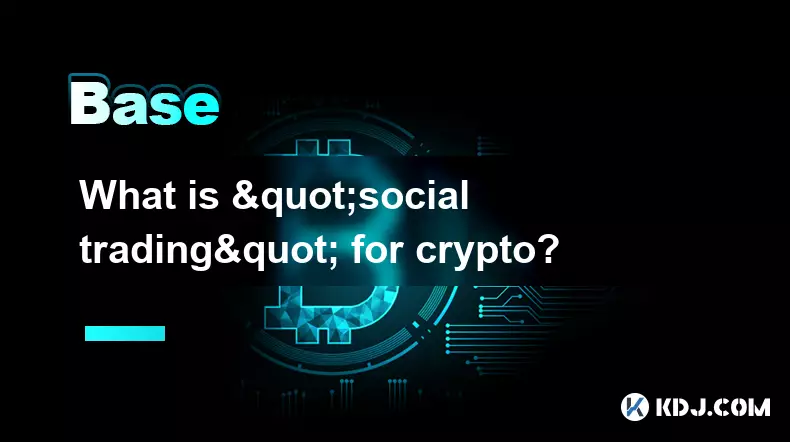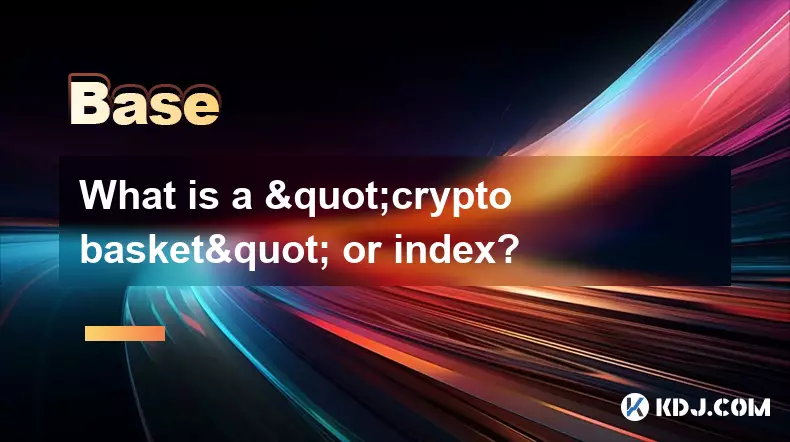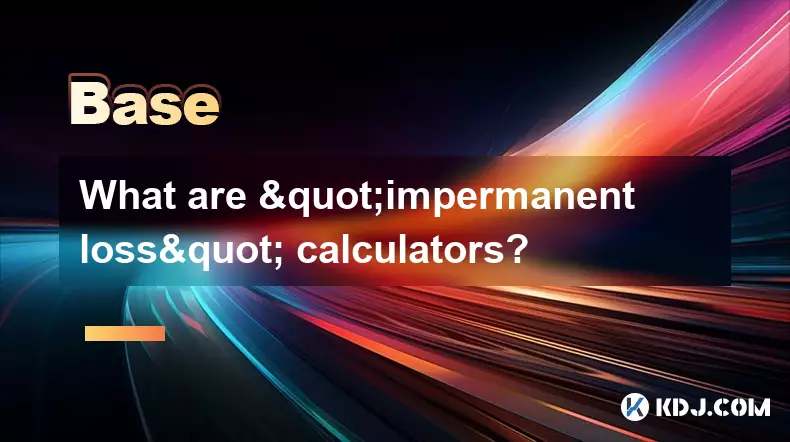-
 Bitcoin
Bitcoin $112100
0.77% -
 Ethereum
Ethereum $4474
3.78% -
 XRP
XRP $2.851
0.46% -
 Tether USDt
Tether USDt $1.000
0.01% -
 BNB
BNB $856.0
0.45% -
 Solana
Solana $209.3
1.04% -
 USDC
USDC $0.9998
-0.02% -
 Dogecoin
Dogecoin $0.2216
3.68% -
 TRON
TRON $0.3420
1.19% -
 Cardano
Cardano $0.8415
1.56% -
 Chainlink
Chainlink $23.79
1.74% -
 Hyperliquid
Hyperliquid $46.03
3.38% -
 Ethena USDe
Ethena USDe $1.001
0.04% -
 Sui
Sui $3.399
2.98% -
 Bitcoin Cash
Bitcoin Cash $599.8
3.03% -
 Stellar
Stellar $0.3628
-0.44% -
 Avalanche
Avalanche $25.24
4.29% -
 Cronos
Cronos $0.2809
9.58% -
 Hedera
Hedera $0.2203
0.68% -
 UNUS SED LEO
UNUS SED LEO $9.526
-0.04% -
 Litecoin
Litecoin $112.7
0.88% -
 Toncoin
Toncoin $3.188
0.41% -
 Shiba Inu
Shiba Inu $0.00001253
0.80% -
 Polkadot
Polkadot $3.891
2.61% -
 Uniswap
Uniswap $9.732
2.10% -
 Bitget Token
Bitget Token $4.971
-2.70% -
 Dai
Dai $0.0000
0.01% -
 World Liberty Financial
World Liberty Financial $0.2148
-8.62% -
 Aave
Aave $327.8
3.77% -
 Monero
Monero $270.0
1.47%
What are funding rates in crypto futures?
Funding rates in crypto perpetual futures help align contract prices with spot prices by transferring payments between longs and shorts every eight hours.
Sep 04, 2025 at 05:00 am

Funding Rates and Their Role in Crypto Futures Markets
1. Funding rates are periodic payments exchanged between long and short positions in perpetual futures contracts. Unlike traditional futures, perpetual contracts do not have an expiration date, so funding rates help tether the contract price to the underlying asset’s spot price. These rates are typically settled every eight hours and are determined by the difference between the perpetual contract price and the index price.
2. When the perpetual contract trades above the spot price, the market is said to be in contango, and longs pay shorts. This mechanism discourages excessive long positions and helps bring the contract price back in line with the spot price. Conversely, when the contract trades below the spot price, shorts pay longs, which encourages buying pressure and reduces downward deviation.
3. The funding rate is calculated using a combination of the price premium and an interest rate component. While the interest rate portion is usually minimal, the premium component reflects market sentiment. High positive funding rates indicate bullish sentiment, while negative rates signal bearishness. Traders monitor these rates to assess market positioning and potential reversals.
4. Exchanges publish funding rates for each contract, allowing traders to anticipate upcoming payments. Some traders engage in funding arbitrage, opening opposing positions in spot and perpetual markets to collect funding payments while remaining market-neutral. This strategy is popular during periods of high funding rates.
5. Extreme funding rates can signal overleveraged markets. For example, persistently high positive funding may precede a long squeeze, where falling prices force leveraged longs to liquidate, accelerating the decline. Similarly, deeply negative rates can foreshadow short squeezes. These dynamics make funding rates a valuable tool for risk assessment.
How Funding Rates Influence Trader Behavior
1. Traders adjust their positions based on anticipated funding payments. A trader holding a long position may close it before a funding interval if the rate is highly positive, avoiding the cost of paying shorts. This behavior can lead to short-term price volatility around funding times.
2. High funding rates can deter speculative leverage. When the cost of holding a position becomes too expensive, traders may reduce exposure or shift to spot markets. This effect limits runaway price movements fueled by excessive leverage.
3. Market makers and arbitrageurs use funding rate data to balance their books. By taking offsetting positions, they profit from the funding flow while minimizing directional risk. Their activity enhances market efficiency and liquidity.
4. Retail traders often overlook funding costs, leading to unexpected losses. A position that appears profitable on paper may erode over time due to recurring funding payments. Educated traders factor in funding rates when planning entry and exit points.
5. Funding rates also reflect the availability of leverage on a given exchange. Platforms with looser margin requirements may see more extreme funding rates due to higher speculative activity. This variance allows traders to compare conditions across exchanges.
Monitoring Funding Rates Across Exchanges
1. Different exchanges display varying funding rates for the same asset due to differences in user base, leverage limits, and liquidity. For instance, a highly speculative exchange may show higher positive funding for Bitcoin than a more institutional platform.
2. Real-time funding rate dashboards are widely available, aggregating data from major derivatives exchanges. These tools allow traders to compare rates across platforms and identify arbitrage opportunities.
3. Sudden spikes in funding rates often coincide with macro events such as regulatory announcements or macroeconomic data releases. Monitoring these shifts helps traders anticipate volatility and adjust strategies accordingly.
4. Stablecoins and low-volatility assets generally exhibit minimal funding rates due to limited price divergence. In contrast, altcoins with high speculative interest often experience volatile funding conditions, sometimes exceeding 0.1% per funding interval.
5. Some exchanges cap funding rates to prevent extreme imbalances. These mechanisms protect traders from excessive payments but may reduce the effectiveness of price convergence during high volatility.
Common Questions About Funding Rates
What happens if I hold a perpetual futures position during a funding payment?If you hold a long position when the funding rate is positive, you pay the funding fee to those holding short positions. If the rate is negative, you receive payment. The exchange automatically deducts or credits the amount from your margin balance at the settlement interval.
Can funding rates be zero?
Yes, funding rates can be zero when the perpetual contract price closely matches the index price. This typically occurs in stable market conditions with balanced long and short interest. A zero rate means no transfer of funds between longs and shorts.
Do all crypto futures contracts have funding rates?
No, only perpetual futures contracts have funding rates. Traditional quarterly or monthly futures contracts settle at expiration and do not require periodic funding payments to align with spot prices.
How often are funding rates updated?
Funding rates are usually updated every minute but settled every eight hours on most major exchanges. The rate at the time of settlement determines the actual payment, so traders watch the average and final values closely.
Disclaimer:info@kdj.com
The information provided is not trading advice. kdj.com does not assume any responsibility for any investments made based on the information provided in this article. Cryptocurrencies are highly volatile and it is highly recommended that you invest with caution after thorough research!
If you believe that the content used on this website infringes your copyright, please contact us immediately (info@kdj.com) and we will delete it promptly.
- Crypto Treasury, Startup Strategies, & Investment Opportunities: A New Yorker's Take
- 2025-09-04 09:05:12
- Moca Network's $20M Portfolio: A New Era for Community Rewards?
- 2025-09-04 09:05:12
- XDC Network Price Prediction 2026: Is XDC the Dark Horse of Crypto?
- 2025-09-04 08:25:15
- BullZilla Roar, Bonk Stablecoin, and Solana Alpenglow: The Evolution of Meme Coins
- 2025-09-04 09:25:17
- TRON, GDP Data, and the Commerce Department: A Blockchain Milestone
- 2025-09-04 09:25:17
- Dogecoin, VaultX, and DOT Miners: A New Era for Crypto Finance?
- 2025-09-04 07:05:16
Related knowledge

What is "backtesting" a crypto trading strategy?
Sep 03,2025 at 10:55am
Understanding Backtesting in Crypto TradingBacktesting is the process of evaluating a trading strategy by applying it to historical market data. Trade...

What is a "crypto trading bot" and do they work?
Sep 02,2025 at 04:19pm
Understanding Crypto Trading Bots1. A crypto trading bot is a software application designed to automate the process of buying and selling cryptocurren...

What is a "copy trading" platform?
Sep 02,2025 at 07:00pm
Understanding Copy Trading in the Cryptocurrency Space1. A copy trading platform allows users to automatically replicate the trades of experienced inv...

What is "social trading" for crypto?
Sep 03,2025 at 09:00pm
Understanding Social Trading in the Cryptocurrency Space1. Social trading refers to a method where investors observe, follow, and automatically replic...

What is a "crypto basket" or index?
Sep 03,2025 at 07:01am
Understanding Crypto Baskets and Their Role in Digital Asset Investment1. A crypto basket refers to a curated collection of multiple cryptocurrencies ...

What are "impermanent loss" calculators?
Sep 03,2025 at 12:00pm
Understanding Impermanent Loss in Decentralized Finance1. Impermanent loss is a phenomenon that affects liquidity providers in decentralized exchanges...

What is "backtesting" a crypto trading strategy?
Sep 03,2025 at 10:55am
Understanding Backtesting in Crypto TradingBacktesting is the process of evaluating a trading strategy by applying it to historical market data. Trade...

What is a "crypto trading bot" and do they work?
Sep 02,2025 at 04:19pm
Understanding Crypto Trading Bots1. A crypto trading bot is a software application designed to automate the process of buying and selling cryptocurren...

What is a "copy trading" platform?
Sep 02,2025 at 07:00pm
Understanding Copy Trading in the Cryptocurrency Space1. A copy trading platform allows users to automatically replicate the trades of experienced inv...

What is "social trading" for crypto?
Sep 03,2025 at 09:00pm
Understanding Social Trading in the Cryptocurrency Space1. Social trading refers to a method where investors observe, follow, and automatically replic...

What is a "crypto basket" or index?
Sep 03,2025 at 07:01am
Understanding Crypto Baskets and Their Role in Digital Asset Investment1. A crypto basket refers to a curated collection of multiple cryptocurrencies ...

What are "impermanent loss" calculators?
Sep 03,2025 at 12:00pm
Understanding Impermanent Loss in Decentralized Finance1. Impermanent loss is a phenomenon that affects liquidity providers in decentralized exchanges...
See all articles

























































































